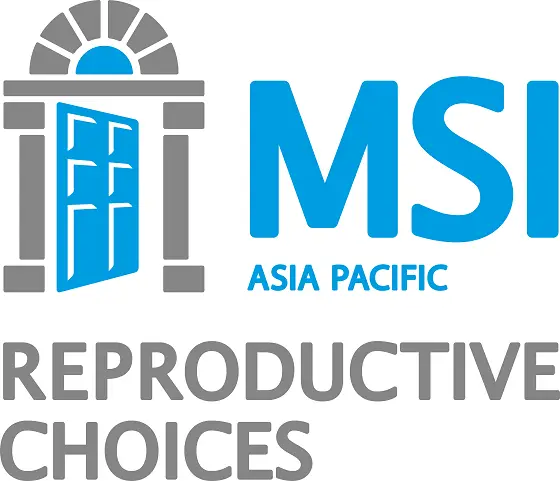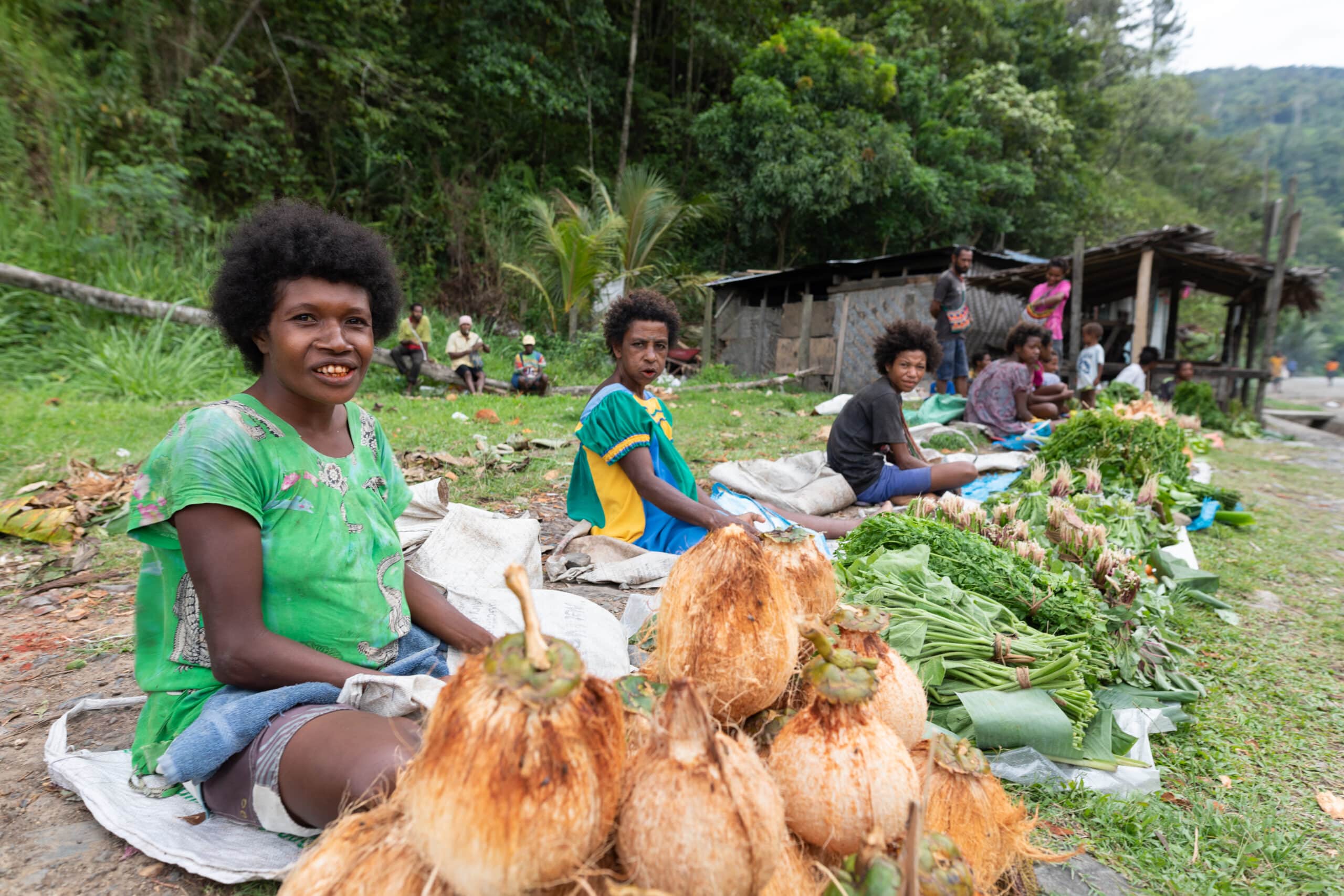Women and girls are more affected by the climate crisis than men and boys
The climate crisis is the defining crisis of our time. Around the world, rising temperatures are fuelling environmental degradation, natural disasters, weather extremes, food and water insecurity, economic disruption and conflict.
Communities that have contributed the least to the climate crisis suffer the most from its impacts. Water shortages, rising sea levels, and increasing crop failures and flooding disproportionately affect low- and middle-income countries. And women and girls are the hardest hit.
Facing gendered discrimination, lower incomes and poorer access to food and other resources, the UN warns that women and girls suffer for longer and more severely from climate shocks and disasters.
Climate change could displace more than 216 million people by 2050, and their need for sexual and reproductive health and rights (SRHR) can become more acute, exactly at the time when their access to quality care is unavailable.
In a crisis, bodily autonomy is a matter of life or death
Being in charge of your own body (also referred to as bodily autonomy) is a human right. The right to bodily autonomy includes choosing if or when you have sex and if or when to become pregnant.
Many women around the world do not have bodily autonomy even in stable circumstances, and in times of crisis, the right to bodily autonomy is often eroded with devastating impacts. During humanitarian situations one in five women and girls report experiencing sexual violence which is a direct violation of their bodily autonomy. In addition:
– Humanitarian crises put women and girls at a higher risk of unwanted pregnancy by increasing their risks of sexual and gender-based violence, transactional and coercive sex, human trafficking, and other forms of sexual exploitation and violence.
– 60 per cent of preventable deaths due to childbirth or pregnancy occur in settings of conflict, displacement, or natural disasters.
Reproductive choice is part of the solution
When women have bodily autonomy through access to SRHR, they are better able to cope in crisis situations and can even be part of the solution to preventing future crisis. Reproductive choice enables girls to finish their education, providing them with greater economic stability and agency when facing a disaster.
Research shows that when women are involved in prevention and crisis response, it leads to better outcomes and lowers risk. Yet, too often they are only seen as victims, not contributing actors in the community. If we are to tackle the climate crisis, we must acknowledge existing gender inequalities – including access to reproductive choice – and ensure that women can take part in finding the solutions.

